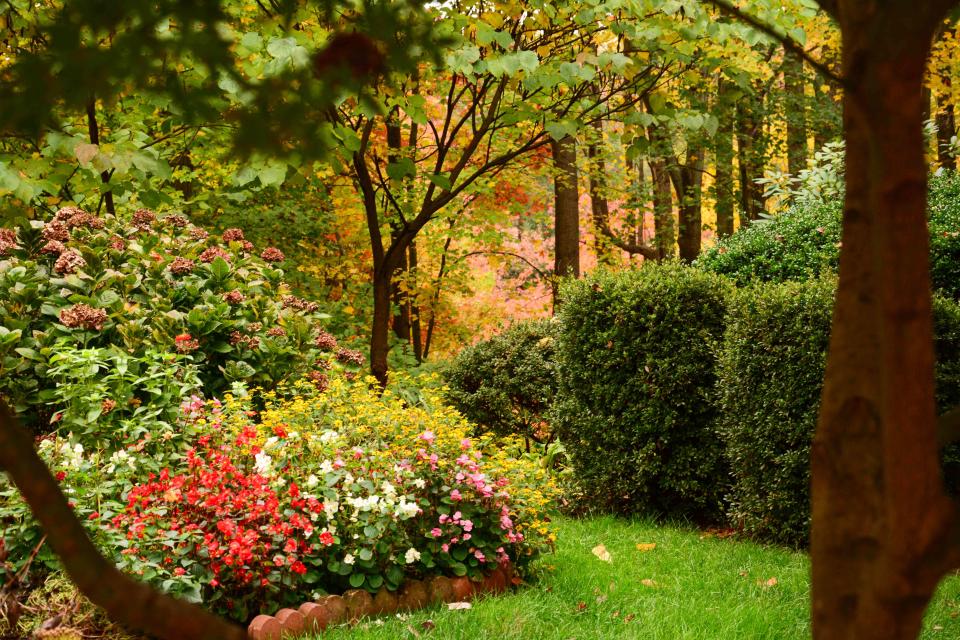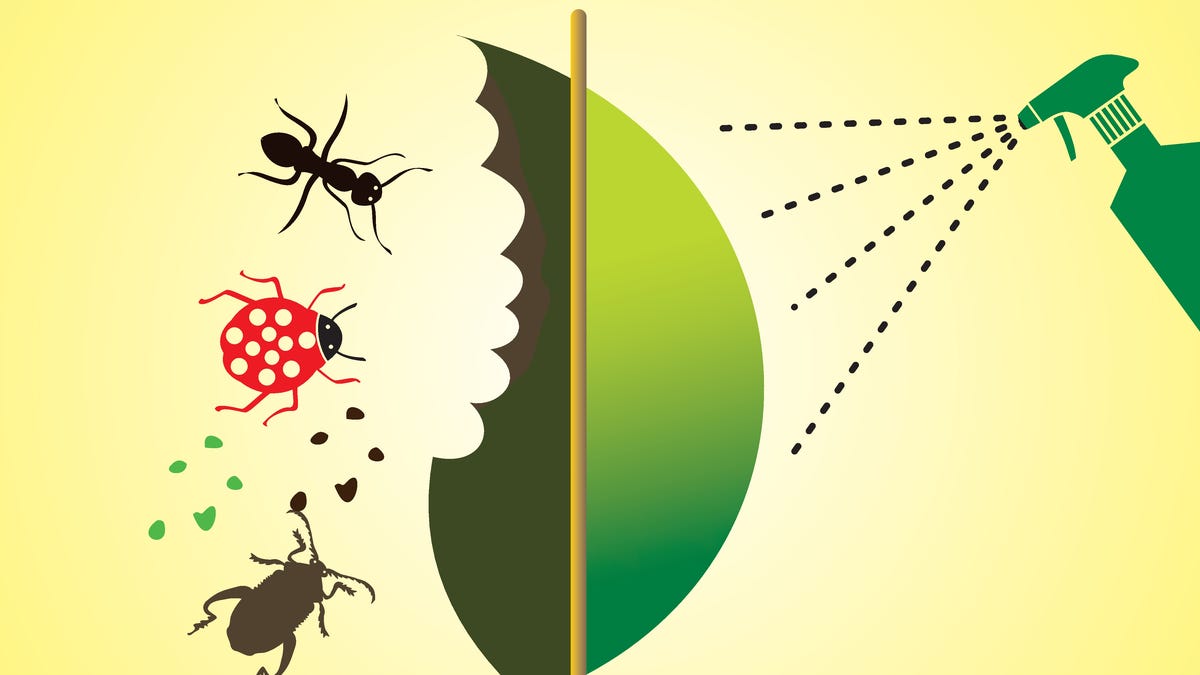Here’s what you need to know as you make your fall lawn and garden cleanup list.
jim Schlett / GETTY IMAGES
The air is crisp, you’ve given away all the tomatoes, and summer’s weeds seem like a fading memory. It’s time to put your yard to bed for the winter. And while it’s easy to do what you’ve always done (and maybe what your parents did, too), some long-established fall yard clean-up tasks could use a tweak or two. We asked experts to share the most common fall gardening mistakes—and what we should be doing instead.
Meet Our Expert
-
Aaron Steil, horticulturalist with Iowa State University Extension
-
Lynsey Nielson, horticulturalist with Red Butte Garden
Related: Fall Lawn Care Tips to Take Your Yard to the Next Level
1. Clear-Cutting the Perennial Bed
It’s tempting to pull out the dead perennial flower and plant material and create a nice, tidy-looking landscape going into winter. But there are a lot of good reasons to leave it in place, says Aaron Steil, a horticulturalist with Iowa State University Extension.
For starters, leftover stems, leaves, and grasses add a layer of protection to help the underlying plants survive winter. Stems also tend to collect and hold leaves from nearby trees, adding more to that winter blanket.
Perennial plant material also provides winter cover for beneficial insects. “A lot of our native bees are cavity-nesting bees, so they need hollow reeds like the ones in grasses and perennials to nest in,” says Lynsey Nielson, a horticulturalist with Red Butte Garden in Salt Lake City.
Need more reasons? Perennial seed heads provide food for birds, whether they’re wintering over or bulking up for their journey south.
2. Leaving Plant Debris in the Vegetable Garden
Unlike perennial gardens, vegetable gardens tend to have issues with insect pests and diseases. And both can survive the winter in plant debris. “Getting your vegetable garden all cleaned up is really beneficial, so there isn’t a spot for those things to overwinter in the plant debris and potentially impact our plants next year,” Steil says. Another way to help is rotating crops to new places in spring.
3. Pruning in Fall
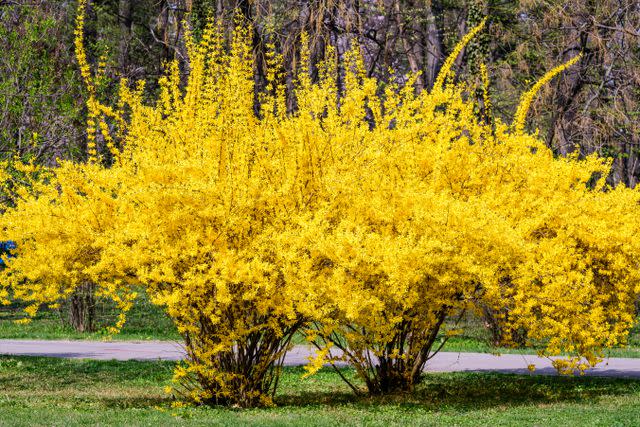
Cristina Ionescu / GETTY IMAGES
After a whole summer of thriving, your plants and trees probably look like they could use a haircut. But fall is one of the worst times to get out the pruning shears.
Blooming, lilacs, forsythias, viburnums, hydrangeas, and other woody plants have already set buds for the following year. That means any pruning you do now will remove buds for next spring’s flowers or fruits. Other plants, including fruit trees and roses, will push out new growth quickly after you prune them. “And that will open it up to cold injury once you get snowpack or frost,” Nielson says.
Larger trees have preferred seasons for pruning as well, so do a bit of homework on your trees or better yet, call in a certified arborist before jumping in.
Related: The Difference Between Deadheading and Pruning—and How to Use Each for Healthier Plants and Flowers
4. Failing to Protect Trees From Wildlife
From fall to late winter, bucks rub their antlers on the trunks of young trees, first to remove the velvet that has been growing there all summer, later to mark their territory during the breeding season, and finally, to shed the antlers. All that rubbing can easily girdle a tree, robbing it of the layers that carry food from roots to leaves.
“They can absolutely destroy a young tree in just one night,” Steil says. “It’s devastating to find, because usually it’s a tree you just planted.” His advice: Pound three or four posts in the ground around the tree, no more than 18 inches apart, to keep deer from getting their antlers in close enough for a good rub.
You can also add chicken wire or wrap the trunk with plastic tubing to keep hungry rabbits from nibbling away your young tree’s bark. Just make sure it’s tall enough to deter them when there’s snow on the ground, he says.
Related: 12 Small Trees With Big Curb Appeal
5. Leaving Full-Size Leaves on the Lawn
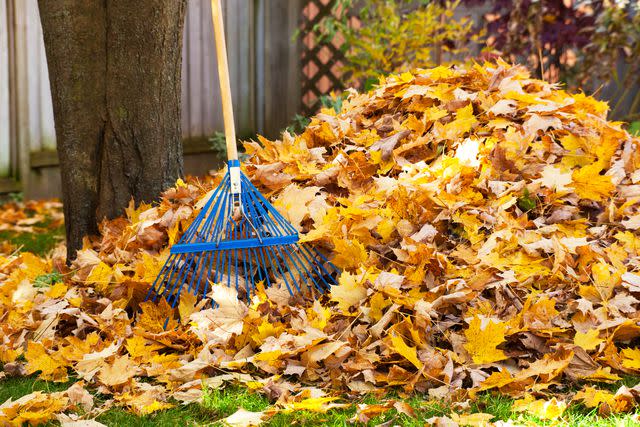
On garden beds and around the base of trees, fall leaves enrich soil, hold moisture, and insulate roots. They also provide cover for overwintering bumblebees as well as eggs and larva from good insects like fireflies, pest-munching beetles, butterflies, and Luna moths, keeping them in your environment for next year and providing food for birds.
But turfgrass is not a good place to leave your leaves. “Whether you’re looking to have a golf-course-fairway of a lawn or you’re OK with some of the quote-unquote weeds, like clover and dandelion, all of that could potentially be smothered if you leave that layer of leaves on the lawn over the winter,” Steil says.
That will leave bare spots, which crabgrass, foxtail, purslane, spurge, and other weeds will be more than happy to fill in. “And even if you’re trying to be more friendly to pollinators by encouraging flowering plants in your lawn, like clover, those plants—like foxtail and purslane—don’t have flowers that are beneficial for pollinators,” Steil says.
Instead, rake leaves and move them to garden beds or a compost pile. If the leaf layer isn’t thick, you can also mow over it a time or two. You’ll know the pieces are small enough when you can see the grass, Steil says, and the mulched leaves will break down and add more organic matter to the soil.
6. Dividing Perennials Too Soon or Too Late
Some perennials—including hostas, daylilies, Oriental poppies, phlox, and purple coneflowers—form clumps as they grow. Eventually, the overcrowding slows their blooming and can even cause some in the middle to die.
Dividing is a simple matter of digging up each clump, carefully separating the roots, and replanting the crowns. But hitting the right weather window—after summer’s heat has passed but early enough to allow new plants to establish before winter—is important to their success.
“A good rule of thumb is to give yourself at least six weeks before frost,” Nielson says, adding that a layer of mulch will also help protect the newly established roots during winter, so you’ll have happy campers next spring.
7. Letting Cool-Season Weeds Go
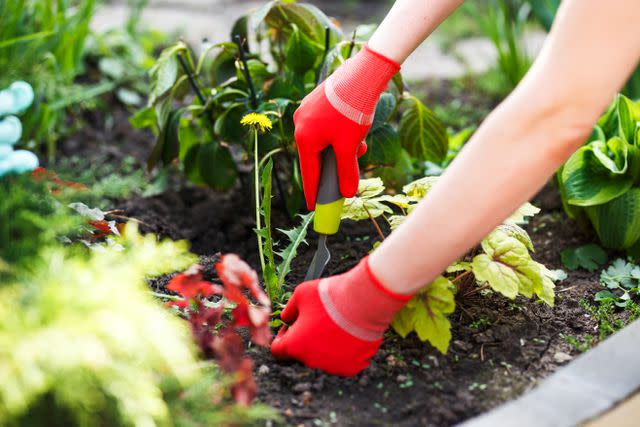
Maximkostenko / GETTY IMAGES
By the end of the gardening season, we’re tired. It’s tempting to believe that winter will finish off the new weeds sprouting in our garden beds and landscapes. But don’t give in.
“There are a lot of cool-season weeds that come out at the end of the season,” Nielson says. “They only have a small window, so they can go from seed to plant to flowering to seed again in a very, very short period of time.”
In other words, even if winter’s cold kills off the weeds you see now, their offspring will be around next year and beyond. It’s worth your time and effort to remove them.
Related: 15 Invasive Weeds That Are So Pretty, You Might Mistake Them for Flowers
8. Being Too Hard on Yourself
Worried that you got one of these items wrong? It’s OK. Part of the joy of gardening is learning, and there’s plenty of room for the lessons of our mistakes.
“Gardens are dynamic,” Neilson says. “And just because you fail once doesn’t mean that you don’t have a green thumb. Just need to keep trying. That’s gardening.”
Read the original article on Martha Stewart.







